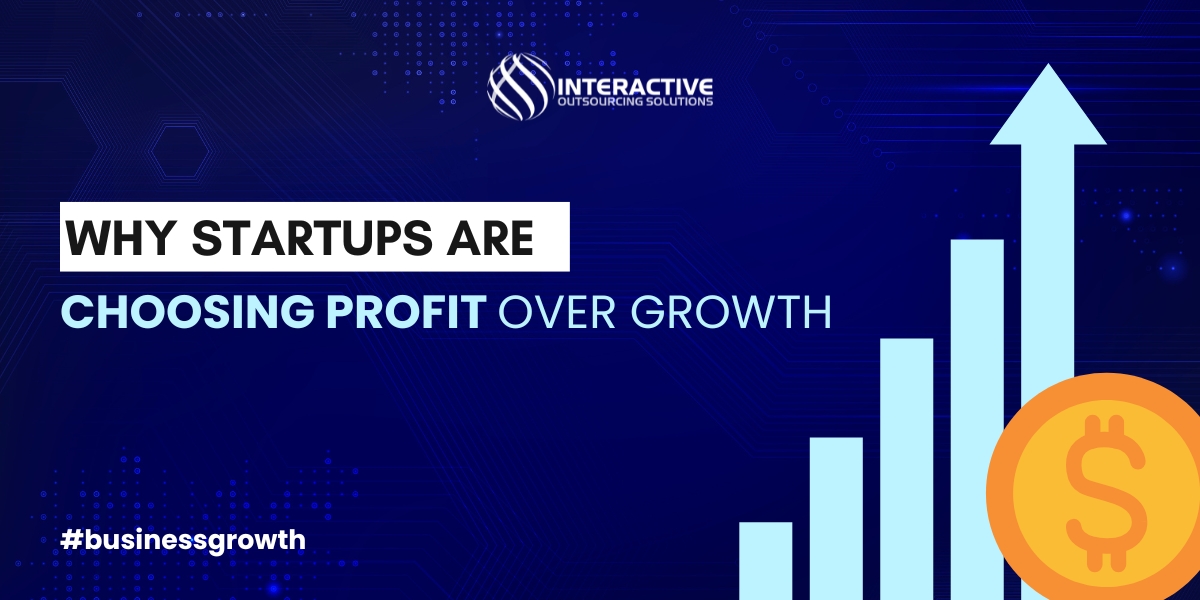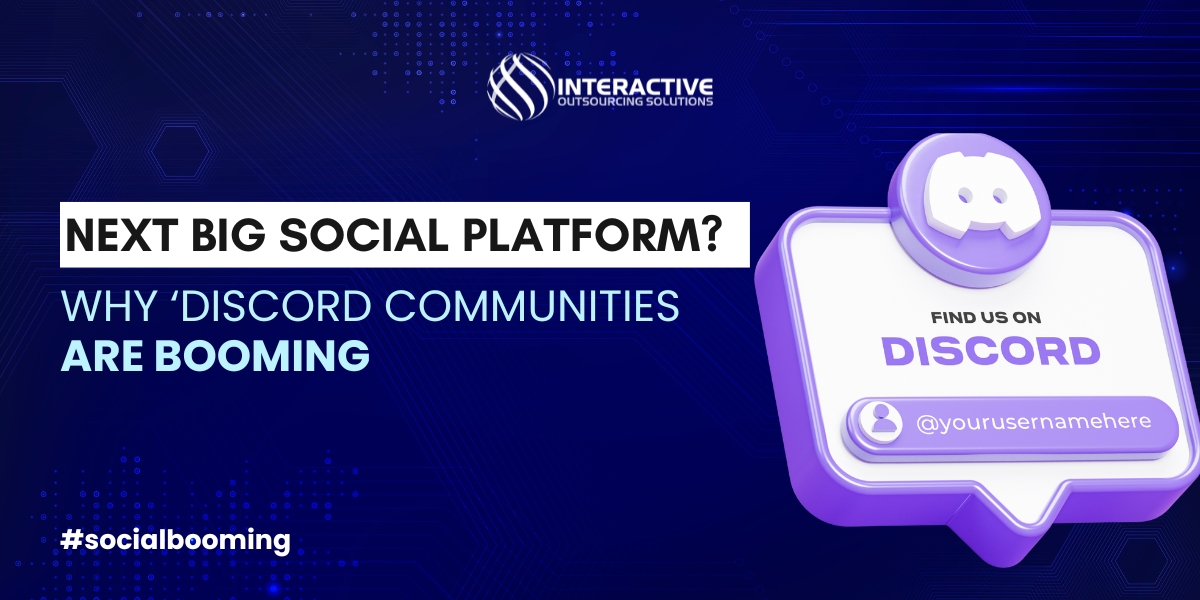The startup world has long been obsessed with rapid growth—unicorn valuations, exponential user acquisition, and venture capital-fueled expansion. But in 2025, a seismic shift is underway. Founders are increasingly prioritizing profitability over growth, embracing the bootstrapping startup model as a sustainable alternative to the high-burn, high-risk VC approach.
With rising interest rates, tighter funding, and investor skepticism toward unprofitable “growth-at-all-costs” startups, founders are rethinking their strategies. Google AI insights reveal that startups leveraging AI-first approaches, lean operations, and customer-funded models are outperforming their heavily funded counterparts in long-term viability.
In this blog, we’ll explore:
- Why profitability is becoming the new growth metric for startups
- How a bootstrapping startup fosters sustainable business models
- Real-world examples of profitable, bootstrapped AI startups
- Key strategies for balancing growth and profitability
- Why Google’s AI startup programs support this shift
The Rise of Profitability-First Startups
1. The End of the “Growth at All Costs” Era
For years, Silicon Valley’s mantra was simple: scale fast, capture market share, and worry about profits later. Companies like Uber, WeWork, and Tesla operated for years (even decades) without turning a profit, relying on investor patience and cheap capital. But the economic landscape has changed.
According to a 2023 analysis of over 66,000 Finnish companies, startups that prioritized profitability earlier performed better in both growth and long-term sustainability compared to those chasing growth alone. Investors are now demanding clearer paths to profitability, pushing founders to rethink their strategies.
Google’s AI startup ecosystem reflects this shift—programs like Google for Startups Cloud emphasize responsible scaling, offering up to $350,000 in cloud credits to help AI-first startups optimize costs while growing.
2. The Bootstrapping Advantage
A bootstrapping startup—building a business without external funding—forces discipline. Unlike VC-backed startups, bootstrapped companies must generate revenue early, focus on unit economics, and avoid unsustainable cash burn.
Understanding bootstrap pros and cons is crucial for founders considering this route. While bootstrapping offers full control and forces strong fundamentals, it may limit growth pace or delay scaling compared to VC-backed peers.
TechCrunch highlights three key advantages of a bootstrapping startup:
- Solve a real problem first – Instead of chasing vanity metrics, bootstrapped startups build products customers are willing to pay for upfront.
- Attract mission-driven talent – Without deep pockets, a bootstrapping startup offers equity, autonomy, and cutting-edge tech challenges to lure top developers.
- Security-first architecture – Handling sensitive data responsibly from day one ensures long-term trust and compliance.
Profitable bootstrapping startup giants like Mailchimp (acquired for $12B) and Klaviyo (IPO’d after bootstrapping) prove that profitability-first models work.
Why AI Startups Are Leading the Profitability Shift
3. AI Lowers Operational Costs
Generative AI is reshaping startup economics. Y Combinator CEO Garry Tan notes that 25% of YC startups now have 95% of their code written by AI, reducing the need for large engineering teams. This efficiency allows a bootstrapping startup to:
- Scale with fewer employees
- Deploy capital more efficiently
- Reach $10M+ revenue with teams under 10 people
Google’s Vertex AI Model Garden further accelerates this trend by offering startups $10,000 in partner LLM credits, reducing dependency on expensive proprietary models.
4. Google’s AI Startup Programs Support Sustainable Growth
Google’s startup initiatives, such as:
- AI First Accelerator (helping early-stage AI startups refine business models)
- Growth Academy: AI for Health & Education (focusing on scalable, responsible AI deployment)
…prioritize capital-efficient growth, aligning with the bootstrapping startup mindset.
Key Strategies for Balancing Profitability and Growth
5. When to Prioritize Profit vs. Growth
Not all startups should abandon growth—but timing matters. Key considerations include:
Prioritize Profitability When… | Prioritize Growth When… |
Demand slows (economic downturns) | The market is rapidly expanding |
Funding is uncertain | First-mover advantage exists |
After product-market fit | Network effects are critical |
High customer acquisition costs | Capital is abundant |
(Adapted from Phoebe Zhang’s analysis on startup profitability vs. growth)
6. Metrics That Matter
Instead of just tracking Monthly Recurring Revenue (MRR), a bootstrapping startup should monitor:
- Burn Multiple (cash burn relative to revenue)
- LTV/CAC Ratio (customer lifetime value vs. acquisition cost)
- CAC Payback Period (time to recoup acquisition costs)
A clear understanding of bootstrap pros and cons helps founders navigate trade-offs between speed and sustainability as they scale. Google’s AI for Startups Cloud Program supports this with AI-powered analytics and cost-efficient infrastructure.
Conclusion: The Future is Profit-First
The startup ecosystem is maturing. The “blitzscaling” era is giving way to sustainable, capital-efficient growth. AI is enabling this shift by lowering costs, while Google’s startup programs provide the infrastructure for responsible scaling.
For founders, the message is clear: A bootstrapping startup approach isn’t the enemy of growth—it’s the foundation of lasting success.
FAQs
- What is a bootstrapping startup?
A bootstrapping startup is a company that is launched and grown without relying on external funding like venture capital. Instead, it funds operations through internal cash flow, early customer revenue, or the founders’ own resources.
- Why are more startups choosing to bootstrap in 2025?
With increased economic uncertainty, rising interest rates, and a tighter venture capital environment, many founders see the bootstrapping startup route as a safer, more sustainable way to build a profitable business from the ground up.
- What are the main bootstrap pros and cons?
Key advantages include full ownership, financial discipline, and long-term sustainability. On the downside, founders may face slower growth and limited resources. Understanding bootstrap pros and cons is essential when deciding between bootstrapping and raising capital.
- Can a bootstrapping startup still achieve high growth?
Yes. Many bootstrapping startups have achieved impressive scale. Companies like Mailchimp and Basecamp grew rapidly while maintaining profitability and ownership, proving that bootstrapping doesn’t limit long-term potential.
- How can AI help bootstrapping startups succeed?
AI can reduce operational costs, automate workflows, and improve decision-making. Tools like Google’s Vertex AI and AI for Startups Cloud Program give bootstrapping startups access to powerful technology without the need for massive teams or budgets.





